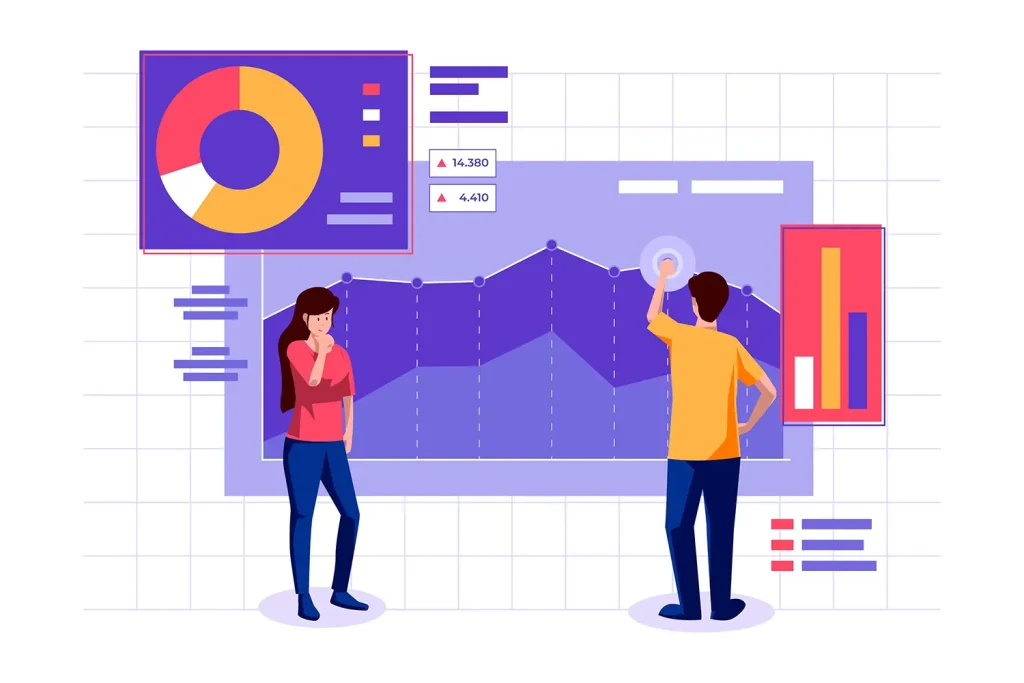Data-Driven Empathy: Using Analytics to Understand Non-Native Speakers

Contact centres handle a diverse customer base, including many for whom English isn’t their first language. These callers deserve empathy, but understanding their needs can be tricky. Analytics offers a solution—unlocking insights to personalise responses and reduce frustration. Research shows AI can transform data into actionable customer understanding, while effective communication hinges on clarity for non-native speakers. Add the empathetic strengths often seen in sales, and a powerful approach emerges: data-driven empathy. This article combines these ideas to enhance interactions with non-native speakers, cutting repeat contacts and boosting CX.
Data’s power in contact centres lies in its depth—capturing customer behaviours and agent performance. Part one of a two-part series on analytics highlights how AI improves data collection, revealing patterns like frequent queries or call durations. Part two dives deeper, showing how these insights sharpen customer understanding and streamline processes. For non-native speakers, this means spotting trends—say, longer pauses or repeated clarifications—that signal language barriers. Meanwhile, studies on cold calling reveal empathy’s role: intuitive listening turns stilted chats into trust-building moments. Pair this with tips for clear communication—short sentences, no idioms—and analytics becomes a bridge to better CX.
Non-native speakers often prefer written channels like email or chat, valuing records they can revisit. Speaking English on calls can be daunting, so empathy matters—both in hearing their struggle and responding simply. Analytics can flag these callers early, perhaps via language detection or call history, letting agents adjust. Empathy here isn’t just kindness; it’s practical—reducing repeat calls saves time and costs. Data shows what works: tailored responses lift satisfaction where generic ones falter.
Here’s a step-by-step guide to leverage data for empathetic communication:
- Identify Non-Native Patterns: Use AI to analyse call data—longer silences or keyword repetition might indicate language struggles.
- Tag Customer Profiles: Mark non-native speakers in the system, based on past interactions or location, for proactive support.
- Simplify Responses: Train agents with analytics-driven prompts—e.g., “Use 15-word max sentences”—to ease comprehension.
- Monitor Outcomes: Track repeat contact rates post-intervention; a drop signals success.
- Refine with Feedback: Use customer surveys and agent notes to tweak AI models, ensuring empathy hits the mark.
Imagine a scenario: Priya, a non-native English speaker from India, calls about a faulty product. Analytics flags her hesitations—pauses after technical terms—and tags her profile. The agent, alerted, says, “I’ll explain simply—your item broke; we’ll send a new one.” Data shows she’s called twice before, so the agent adds, “I’ll email steps too.” Priya hangs up relieved, no follow-up needed. Without data, the agent might overload her with jargon, sparking another call. Empathy, guided by analytics, wins.
This approach pays off. Centres using data see sharper customer insights—fewer missteps, higher trust. Non-native speakers, often frustrated by complex replies, benefit most; clear, empathetic responses cut their effort. Agent management improves too—data pinpoints training needs, like simplifying language. Cold calling’s lesson—listening beyond words—shapes AI prompts, making every call a chance to connect.
Contrast this with guesswork: without analytics, agents miss cues, and non-native speakers churn. Repeat contacts clog queues, driving costs up. Data flips this—revealing who needs what, when. For 2025, it’s a must: global customers demand inclusion, and empathy scales with tech. Start small—pilot with a team, analyse a month’s calls—then roll out. It’s not just nice; it’s smart business.
Sources:
- “Harnessing the Power of Data and Analytics – Part 1” (Contact Centre Pipeline, January 2025)
- “Harnessing the Power of Data and Analytics – Part 2” (Contact Centre Pipeline, February 2025)
- “Customer Communications” (Contact Centre Pipeline, March 2025)
- “Women in Workforce” (Contact Centre Pipeline, March 2025)


